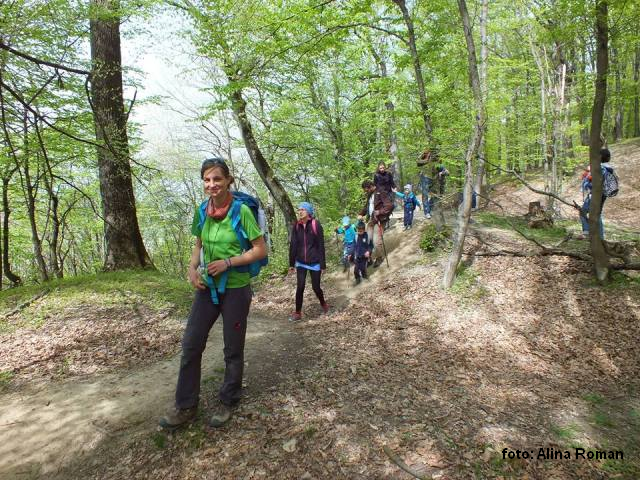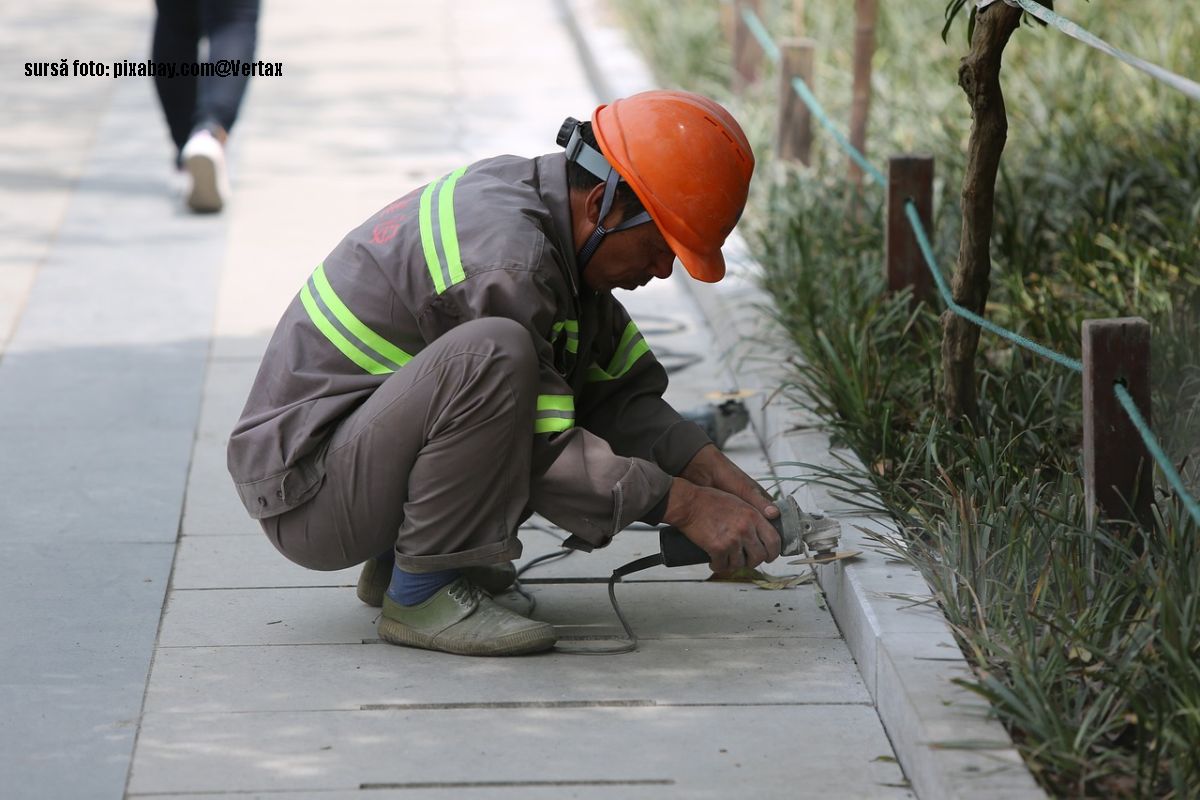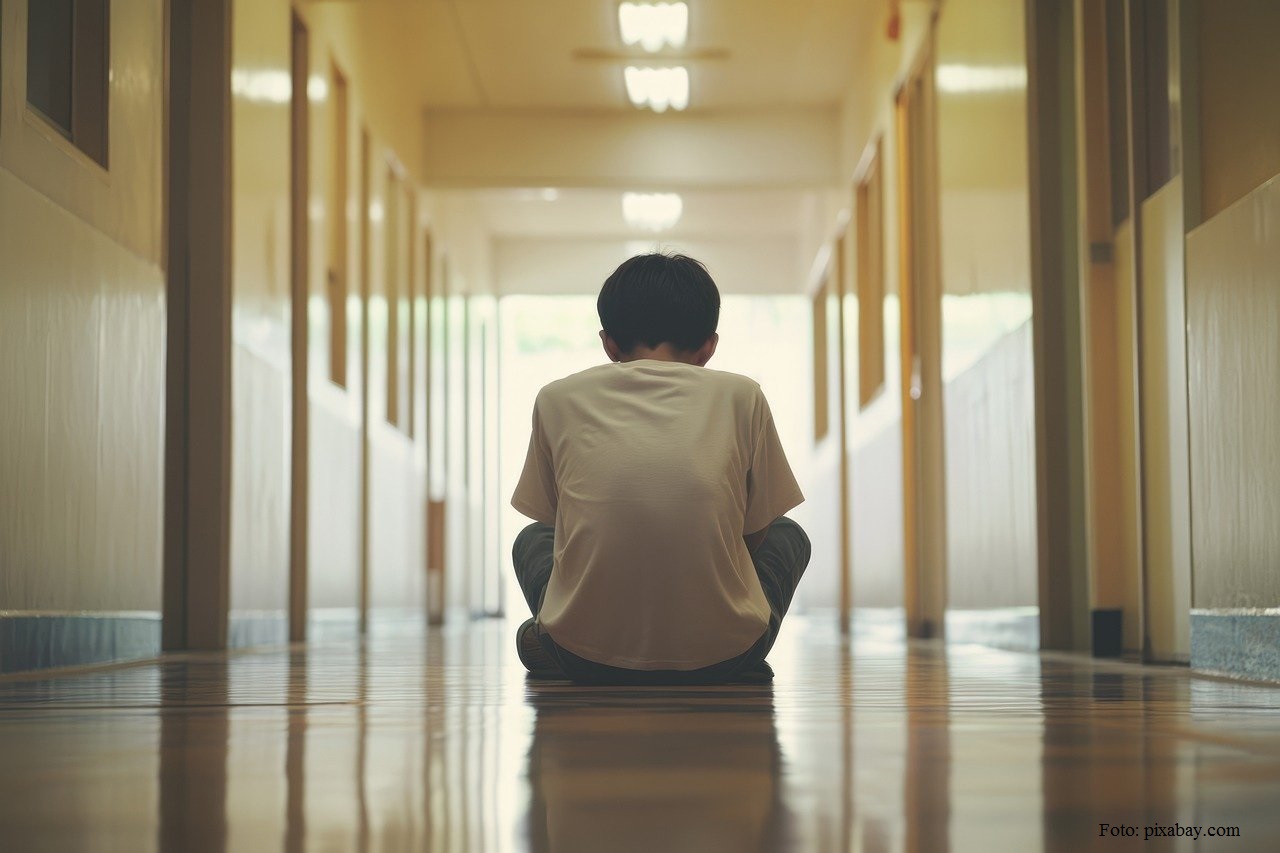The Romanian Passion for Mountain Trekking
Romania is famous for the beauty of its natural landscapes and its wildlife, mostly due to its mountains.

Ștefan Baciu, 23.01.2019, 13:19
Romania is famous for the beauty of its natural landscapes and its wildlife, mostly due to its mountains. The chain of mountains that traverses the country from north to west offers a wide variety of ways to enjoy mountaineering, from easy trails in cool forests to difficult ascents on rocks and crests. There are plenty of resorts and cabins at all altitudes, from depressions to coasts and peaks, providing accommodation for people who go there just to take a break or to combine relaxation with physical exercise. No wonder that in summer, as well as in winter, mountain trails are full of tourists who prefer the wilderness to the comfort of a hotel or hostel. Among them is Ilinca Stoenica, a certified mountain guide who graduated from the School of Tourism Geography, well known online for the blog she has been keeping for years. Her three sons, one still a baby, have been raised with a love of mountaineering, just like she was. She insists that a love of mountaineering starts in childhood, and this is part of what she is trying to educate people about on her blog.
Ilinca Stoenica: “A child should be exposed to nature from the start, maybe not necessarily the mountains, but the outdoors. This does not mean that parents should take newborns to wild mountain peaks, but nature outings should be a regular occurrence at any age. In terms of education, there is no better schooling than the outdoors. Even though every one thinks of movement, fitness and health when they talk about nature, this is essential for more than physical development. That matters, of course, but in the outdoors you develop both cognitively and emotionally. Cognitively, you are faced with a whole range of issues that you have to solve by yourself, you have to improvise, which children need. Emotionally, it increases ones tolerance for frustration and it increases the ability of relating to the other. That is why they say that friendships tied in the mountains last a lifetime.”
In Romania, unfortunately, most initiatives to promote mountain education are private, such as Ilincas: “At this point in Romania there is no coherent policy for outdoors education. There are small private initiatives, such as mine and there are others too, but not many. There have been discussions attended by mountaineers and teachers to introduce a new school discipline called Education in Nature. However, everything is still up in the air, because the curriculum is still cluttered, and you need qualified teachers for a new discipline. It was a question of who is going to train them and certify them. It is a vicious circle. “
At the end of last year, the European Statistics Office published a tally of countries which brought some good and surprising news: Slovaks and Romanians are the most passionate about mountaineering among European Union member countries. In 2016, the mountains were one of the main attractions in 13% of personal outings by EU residents. The most passionate were Slovak citizens, 25% of their trips involved visiting the mountains, followed by Romanians, who went to the mountains in 24% of their trips. Next in line are citizens from France and Italy, with 19% of trips spent in the mountains.
Here is Ilinca Stoenica with comments on this list: “I cant say I can correlate this with the reality in the field. There are two aspects. First of all, clearly, the number of mountain climbers has gone up. In addition, we start seeing more guided tours, which contribute to an increased appetite for nature outings. Access to adequate equipment is much better. When I started climbing it was much harder to procure quality technical equipment than now. I am referring to high quality waterproof jackets too. Now we no longer have that problem.”
Precisely due to this growing interest in mountain trekking, the issue deserves more study, says Ilinca Stoenica: “We dont have centralized statistics for mountain tourism in Romania. Mountain tourism in itself is hard to capture in statistics, because tourists go to the mountains mostly on their own. They provide their own transportation, bring their own tents, and they are very hard to tag. If they dont get accommodation at a place that keeps track of tourists and sends statistics up the chain, or if they dont go into a national park or a protected area where they get entrance tickets, they wont be included in statistics. There are plenty of people that elude statistics altogether. In my opinion, many of the figures included here come from places that skiers get accommodation in, mainly in winter, and counting the number of nights stayed over or the number of beds occupied in resorts. In fact, you have to make a difference between going to the mountains and going up the mountains. This list makes us proud, and I dont want to minimize its importance. But at the level of professional associations, such as the Mountain Guide Association of Romania, they are trying to get more realistic statistics, although it is hard to capture into a statistic everyone who goes to the mountains individually.”
It is not only Romanians who go trekking in the Carpathians, but lots of foreign tourists too, including Slovaks, who lead in the number of mountain climbers.
Here is Ilinca Stoenica: “In the summer, at the top of the Fagaras Mountains, you cant find a single Romanian. Three quarters of the people you encounter there are foreigners from neighboring countries. There are lots of Czechs, Slovaks, and Poles, who come to Romania because we still have wild natural sites here. The trails are limited in access, with some places to pitch a tent, but not in protected areas, where there are restrictions.”






























